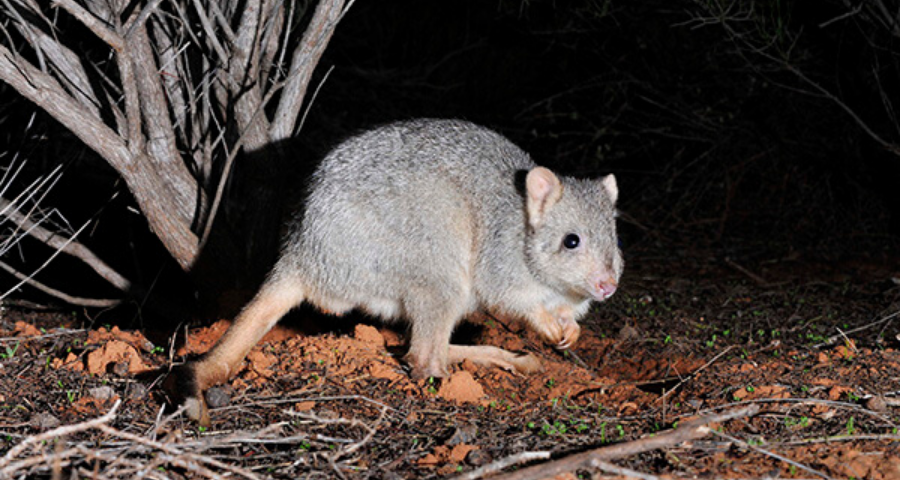The national not-for-profit conservation organisation Australian Wildlife Conservancy (AWC) is the largest private owner of land for conservation in Australia, protecting endangered wildlife across more than 6.5 million hectares in managed sanctuaries and properties across Australia.
AWC’s work to protect Australia’s threatened wildlife has resulted in a significant boost in numbers of several native mammal populations, thanks to their conservation management programs. The National Environmental Science Program’s Threatened Species Recovery Hub recently developed the national Threatened Species Index for Mammals, a national tool to assist policymakers, conservation managers and the public to understand how some of the population trends across Australia’s threatened species are changing over time.
The Index shows that in just over two decades – from 1995 to 2016 – numbers of Australia’s mammals have, on average, declined by more than a third. AWC is the major contributor of data to the Threatened Species Index for Mammals, adding long-term survey data for 10 threatened mammals to the Index.
The Index shows that investment in effective targeted conservation management, such as that undertaken by AWC, pays off. At sites where conservation activity has occurred, such as through baiting of feral predators and implementation of ecological fire management, native mammal populations have increased by an average of 46%. In feral predator-free areas, such as in AWC’s network of safe havens, the average native mammal abundance has increased by more than 500% between 2000 to 2016.
The Index is a useful management tool that is helping AWC and other conservation organisations to identify threatened and declining native wildlife species. As AWC and the entire conservation and research sector, add more data to the Index it will become increasingly representative and powerful. Read more >

